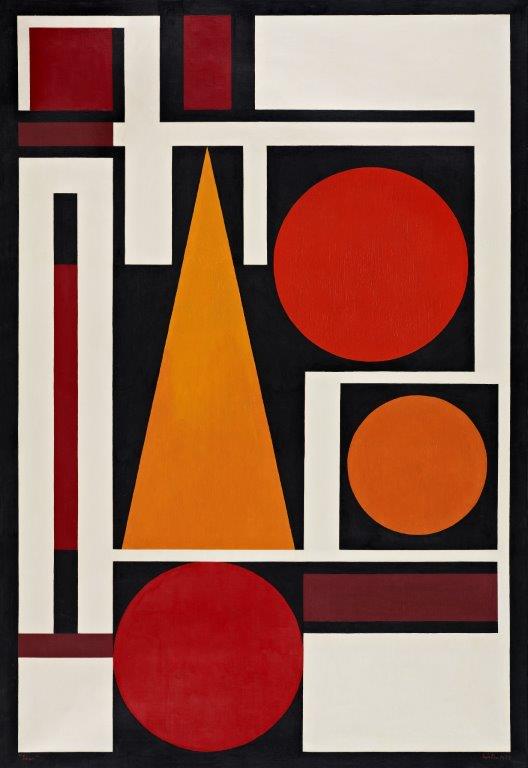Auguste Herbin
Born in 1882, Auguste Herbin turned towards geometric abstraction in 1917 and advocated on its behalf within the Abstraction-Création group between 1931 and 1936 and then at the Salon des Réalités nouvelles from the summer of 1946. He emerged as a master of a new abstract geometric art after the Second World War. At over 60 years old, he invented a “plastic alphabet” that gave birth to a specific language, creating its signs, vocabulary and syntax. His “bold anticipations” had a decisive influence over many artists, such as Vasarely and Jo Delahaut, who largely banished curves from his artistic research, associating them with the organic world.
Fondation Gandur pour l'Art collection
For more information: a catalog was published on the occasion of the exhibition At the heart of abstraction. Fondation Gandur pour l’Art collection
Editor: Fondation Maeght
Prefaces: Adrien Maeght and Jean Claude Gandur
Texts: Yan Schubert and Lucie Pfeiffer
Reproduction of all exhibited works
184 pages

